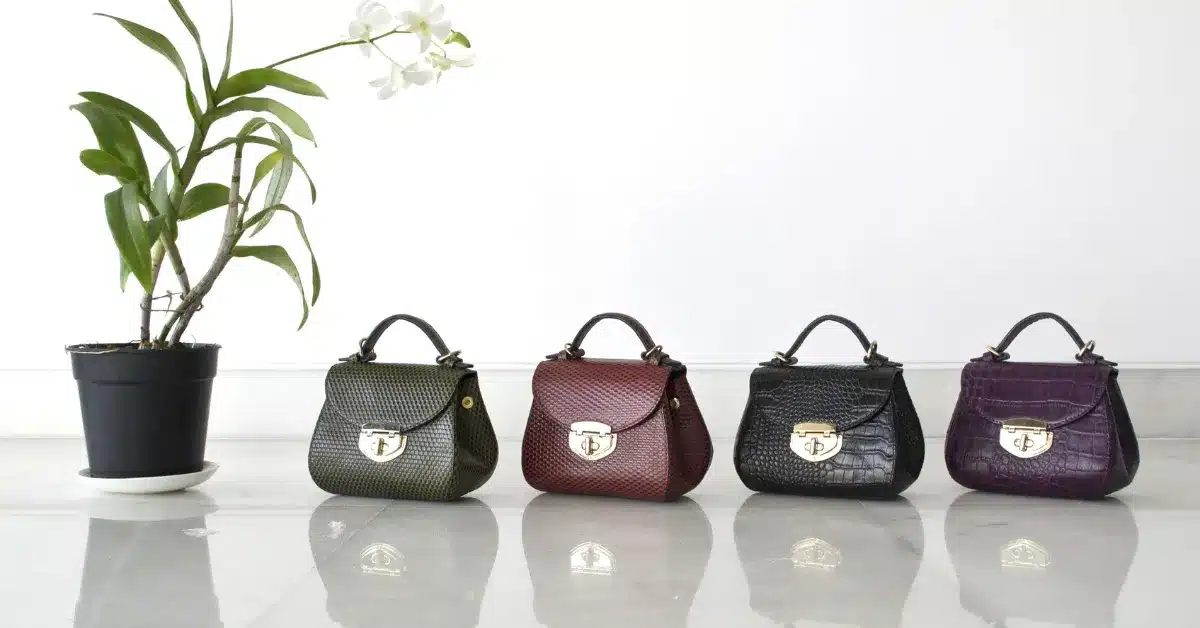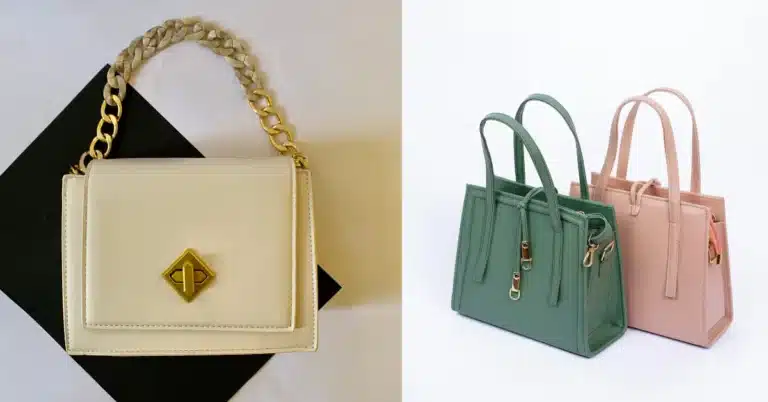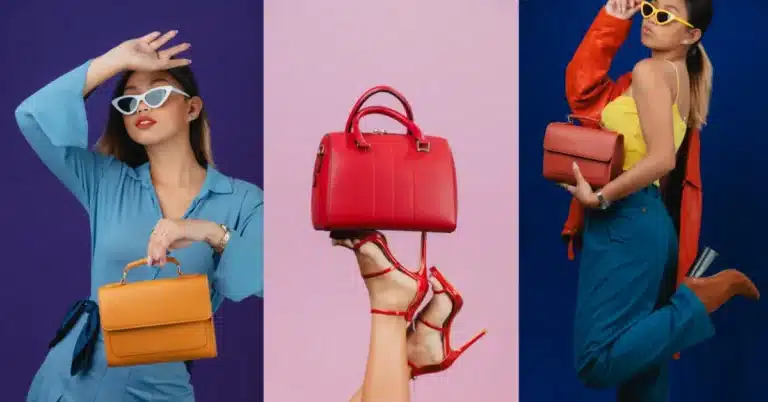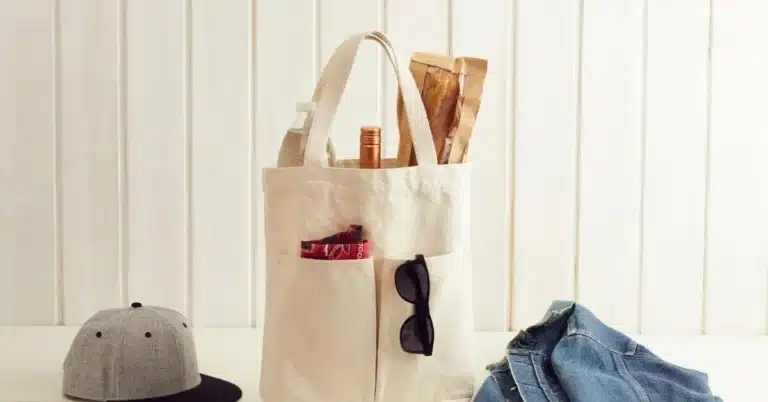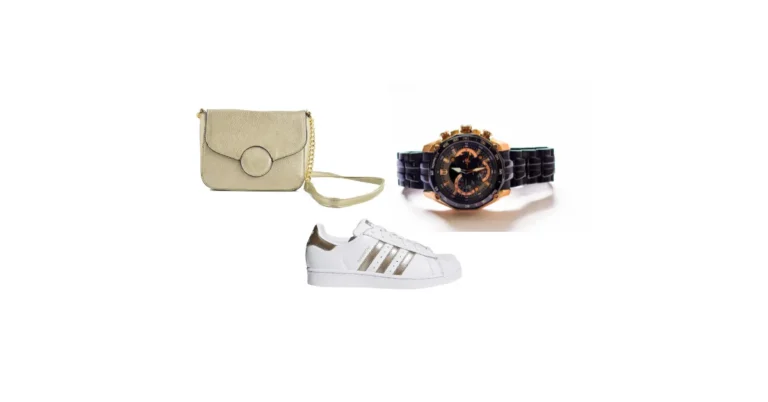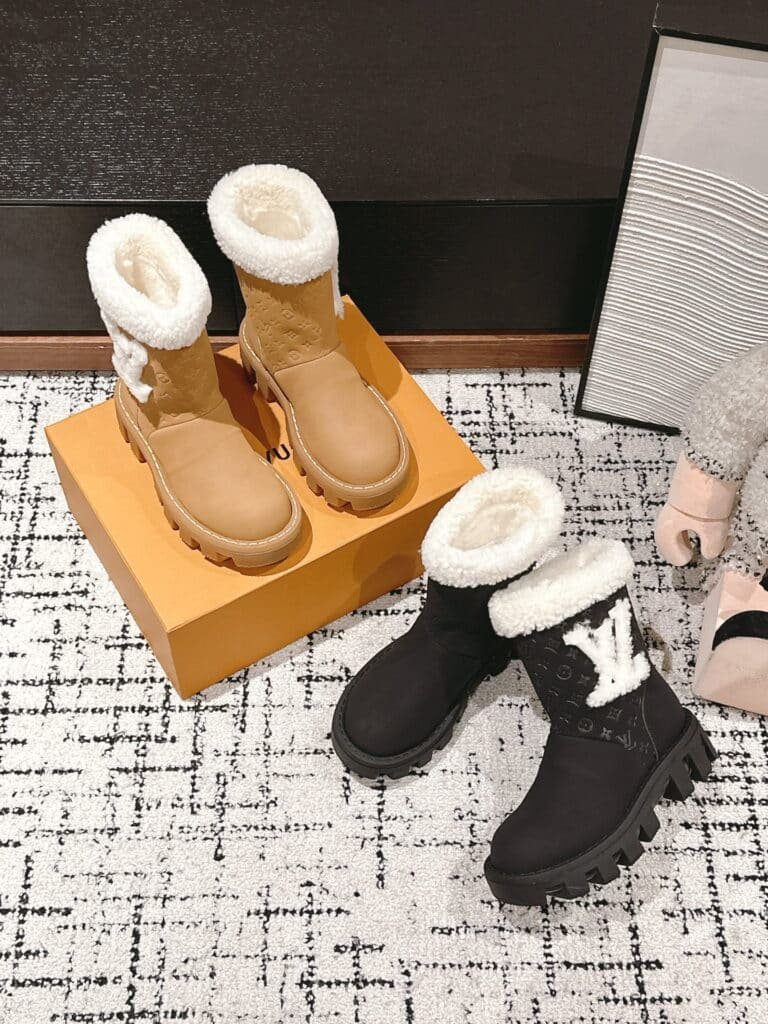Your cart is currently empty!
Real vs. Faux Leather Bags: Which Should You Buy?
Real vs. Faux Leather Bags. A great bag should look good, work hard, and age well. Whether that bag is made from real leather or faux leather (aka vegan leather) changes everything—from how it feels on day one to how it looks after year three. This guide breaks down the differences, the trade-offs, and how to choose the right material for your lifestyle, budget, and values.
Quick Take
- Want the longest lifespan, patina, and repairability? Choose real leather (ideally full-grain/top-grain from responsibly tanned sources).
- Want lighter weight, lower cost, water resistance, and animal-free? Choose high-quality faux leather (prefer microfiber PU; avoid PVC).
- Sustainability is nuanced: longevity and care matter more than buzzwords. Buy better, maintain it, and use it often.
What We Mean by “Real” and “Faux”
Real Leather (Animal Hide)
- Full-grain: Top layer of the hide with natural grain. Strongest, most durable, develops the richest patina.
- Top-grain: Sanded/finished surface for uniform look; slightly less durable than full-grain, more stain-resistant.
- Genuine/split: Lower layers of the hide; more affordable, less durable; often heavily finished.
- Suede: Fuzzy finish from the underside of the hide; soft, more delicate and stain-prone.
- Nubuck: Sanded top-grain; velvety surface; more durable than suede but still delicate.
- Bonded leather: Scraps ground and bonded with polyurethane. Not very durable; can peel. Often marketed misleadingly—best avoided.
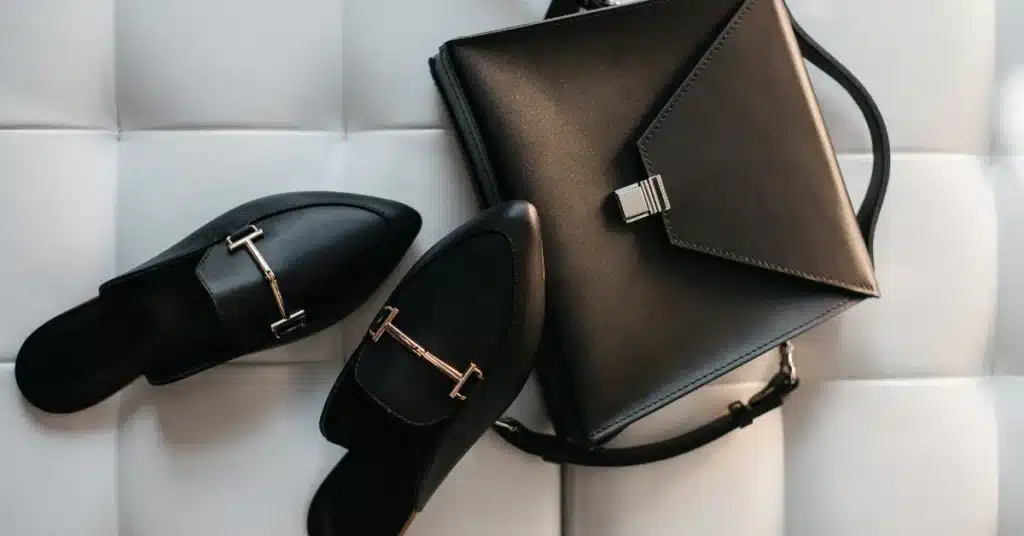
Notes:
- Tanning methods vary: chrome-tanned (common, soft, more water-resistant), vegetable-tanned (firmer, beautiful aging, sensitive to water early on), and chrome-free/aldehyde systems.
- Finishes: Pebbled, saffiano, patent, and croc-embossed are textures/finishes, not types of leather.
Faux Leather (Synthetic or Bio-based)
- PU (polyurethane): Most common “vegan leather.” Can feel supple; quality varies widely. Cheap PU peels; premium “microfiber PU” can be surprisingly durable.
- PVC (polyvinyl chloride): Durable but heavier, can feel plasticky, off-gasses more; environmental and health concerns. Many brands avoid it.
- Microfiber/suede alternatives: Non-woven microfiber with PU coating; often the most durable faux option with better abrasion resistance.
- Bio-based blends: Cactus, pineapple (Piñatex), apple, corn, cork, and mushroom/mycelium. Typically mixed with PU binders; promising but still maturing. Feel and durability vary by maker.
How They Compare
| Factor | Real Leather | Faux Leather |
|---|---|---|
| Look & feel | Luxurious, natural grain, unique character | Uniform and consistent; can mimic leather closely |
| Aging | Develops patina, softens beautifully | Keeps “day-one” look; low patina; lower-end PU may peel/crack |
| Durability (good quality) | 5–15+ years with care; repairable | 2–7 years depending on quality; microfiber PU lasts longer than basic PU |
| Water resistance | Chrome-tanned and finished leathers resist light rain; veg-tan is sensitive early on | Generally more water-resistant; PVC most resistant; seams/stitching still vulnerable |
| Weight | Heavier, especially full-grain | Usually lighter for the same size |
| Maintenance | Needs conditioning and occasional waterproofing | Low maintenance; clean with mild soap/water; avoid solvents and high heat |
| Repairability | Can be re-dyed, re-stitched, patched by a cobbler | Harder to repair invisibly; peeling can be irreversible |
| Cost | Higher upfront, strong resale for good brands | Lower upfront; premium faux can rival mid-tier leather prices |
| Color range | Wide, but vivid brights can be harder to maintain | Very wide; metallics and brights are common |
| Smell & VOCs | Classic leather scent (varies); low VOC if well-tanned | Can off-gas; PVC especially; premium PU often minimal |
| Climate performance | Handles cold well; hates soaking + heat | Better in rain; PVC can stiffen in cold; PU can hydrolyze in humidity |
| Sustainability | Byproduct of meat industry; tanning/water impacts; lasts long | Petroleum-based (or mixed); microplastics; some recycled/bio-based options improving |
Sustainability and Ethics: The Nuance
- Real leather
- Pros: Long lifespan, repairable, strong resale; if sourced from responsible tanneries (LWG-certified), environmental impacts are reduced. A single well-made leather bag can replace several synthetic ones.
- Cons: Animal-derived; tanning can involve chemicals and water use; vegetable-tanned leather requires care early on to avoid water staining.
- Faux leather
- Pros: Animal-free; often lighter and water-resistant; some use recycled content or bio-based inputs; easy care.
- Cons: Typically petroleum-derived; PVC has higher environmental/health concerns; PU can peel due to hydrolysis, encouraging faster replacement; end-of-life challenges (not biodegradable, limited recyclability).
- When it comes to handbags that combine timeless style, high-quality craftsmanship, and everyday functionality, Coach is one of the most iconic brands in the fashion world. Known for its luxury leather goods and contemporary designs, Coach handbags are beloved by millions of women worldwide. However, the price tag of a new Coach bag from retail stores can sometimes be overwhelming. That’s where the Coach Bag Outlet comes in, offering stunning designs at a fraction of the cost without sacrificing quality.
Practical sustainability tip:
- Choose the option you’ll keep and use the longest. Prioritize quality, repairability, and maintenance. Buy secondhand when possible. Look for certifications: LWG for leather, PVC-free claims and OEKO-TEX/REACH compliance for synthetics, and verified recycled/bio-based content.
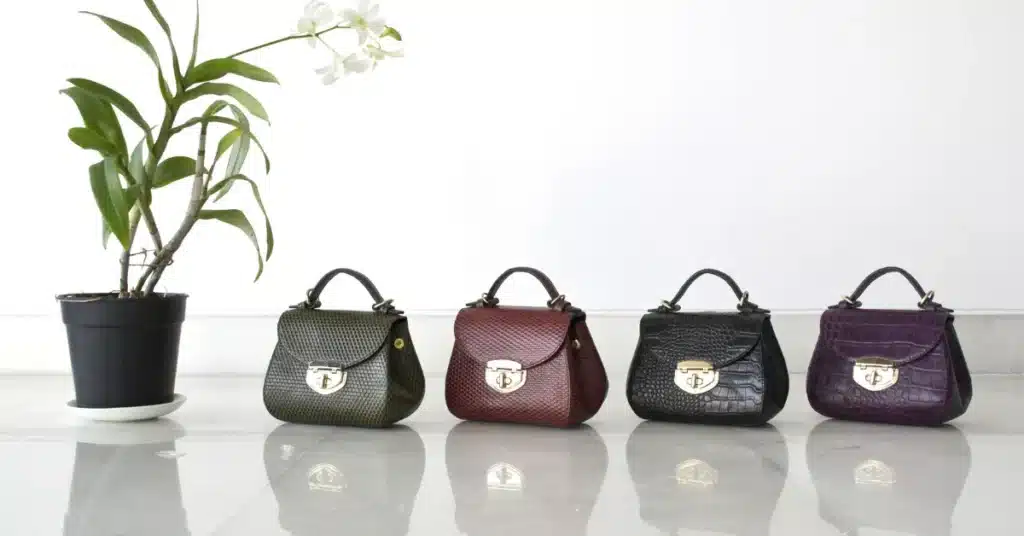
Use-Case Guide: Match Material to Your Lifestyle
- Office tote (structured, polished)
- Best: Top-grain or saffiano-finished leather for structure and longevity.
- Good faux option: Microfiber PU with reinforcement if you want lighter weight and weather-friendliness.
- Everyday crossbody
- Best: Full-grain/top-grain leather for patina and durability.
- Good faux option: Microfiber PU; avoid thin, shiny coatings.
- Travel and bad-weather days
- Best: Coated leather or nylon-canvas hybrids; or microfiber PU faux for rain.
- Note: Real leather + rain is fine in moderation; wipe dry. Avoid soaking.
- Night out / event bags
- Best: Patent, metallic, or croc-embossed leather for dressiness.
- Faux win: Metallic and patent-look PU are excellent here and low-maintenance.
- Diaper/gym/commuter bags (spills, wipes, rough use)
- Best: High-quality faux (microfiber PU) or coated canvas/nylon for wipe-clean convenience.
- Real leather accents/handles are fine but keep the body easy-clean.
- Hot/humid climates
- Real leather: Store in breathable conditions; condition lightly to prevent drying and mold.
- Faux: Choose microfiber PU (resists hydrolysis better). Avoid PVC (can get sticky) and very cheap PU.
- Ethical vegan lifestyle
- Choose PVC-free faux or advanced bio-based blends; prioritize quality to avoid frequent replacements.
Quality Check: How to Spot the Good Stuff
For Real Leather
- Grain variation: Natural, non-repeating patterns indicate real, higher-grade hides. Perfectly uniform often means heavy finishing or embossing (not bad, just different).
- Cross-section/underside: Suede/fibrous underside signals leather; fabric or mesh backing signals faux.
- Edge finishing: Cleanly painted/burnished edges without cracking; even stitching at stress points.
- Smell: Subtle leather scent; strong chemical odor can indicate heavy finishes or poor tanning.
- Water drop test (if allowed): A tiny drop should absorb slowly and darken slightly on full-grain; finished leathers may repel.
- Labels and transparency: Look for “full-grain” or “top-grain,” country of origin, and tannery certifications (e.g., LWG).
For Faux Leather
- Material info: Prefer “microfiber PU” or “PU, PVC-free.” Avoid PVC where possible.
- Hand feel: Supple with a soft backing; thick enough to resist creasing lines when folded lightly.
- Surface: Even matte or pebbled finish; avoid overly glossy, thin films that crease or crack.
- Stitching and hardware: Same standards as leather—tension-free seams and solid zippers.
- Crease test: Gently flex; a white stress line that stays is a red flag.
- Brand track record: Reviews mentioning peeling after 12–24 months indicate low-quality coatings.
Care and Maintenance
Real Leather Care
- Clean: Wipe with a barely damp microfiber cloth. For deeper cleans, use a leather-specific cleanser.
- Condition: Light conditioning every 6–12 months (more for vegetable-tanned, less for heavily finished leathers). Avoid oils that can darken unevenly.
- Protect: Use a fluorine-free water-repellent spray on unfinished/absorbent leathers; test first.
- Drying: If soaked, stuff with paper, shape, and air-dry away from heat. Do not blow-dry.
- Stains: Blot, don’t rub. Professional cleaning for dye or oil stains.
- Storage: Stuff to hold shape, use a breathable dust bag, avoid plastic, keep away from direct sun and high humidity.
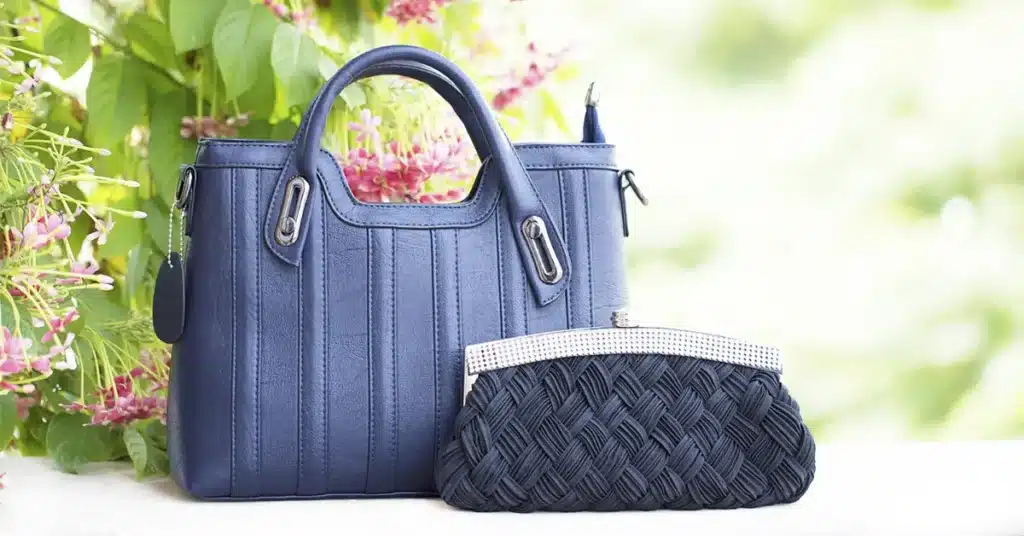
Faux Leather Care
- Clean: Mild soap and water on a soft cloth. Avoid harsh solvents, alcohol, or oils.
- Protect: Some PU-friendly protectants help repel dirt; always spot-test.
- Heat and humidity: Store cool and dry; high humidity accelerates PU hydrolysis (peeling). Add silica gel packets.
- Peeling: Once the coating breaks down, fixes are cosmetic (peel the rest and paint, or cover with patches). Check warranty—many brands replace peeling items within a window.
Budget and Price-Per-Wear
- Real leather
- Entry ($120–$250): Often top-grain or corrected grain; solid everyday bags.
- Mid ($250–$600): Higher-grade hides, better construction; long-term pieces.
- Premium ($600+): Full-grain from reputable tanneries; excellent hardware and repair support.
- Best Colors to Match Your Bag with Any Outfit. Choosing a bag color that works with everything is like giving your wardrobe a cheat code. Whether you’re dressing for the office, a weekend coffee run, or a night out, certain shades and finishes blend seamlessly with most outfits—and even elevate them. This guide covers foolproof colors, how to pick based on undertones, the best “chameleon” shades, and capsule combos so you can buy smarter and style faster.
- Faux leather
- Budget ($40–$120): PU; quality varies; research reviews for peeling.
- Mid ($120–$250): Microfiber PU, better construction; good sweet spot for value.
- Premium ($250+): Advanced performance vegan materials or fashion labels; pay attention to material spec, not just branding.
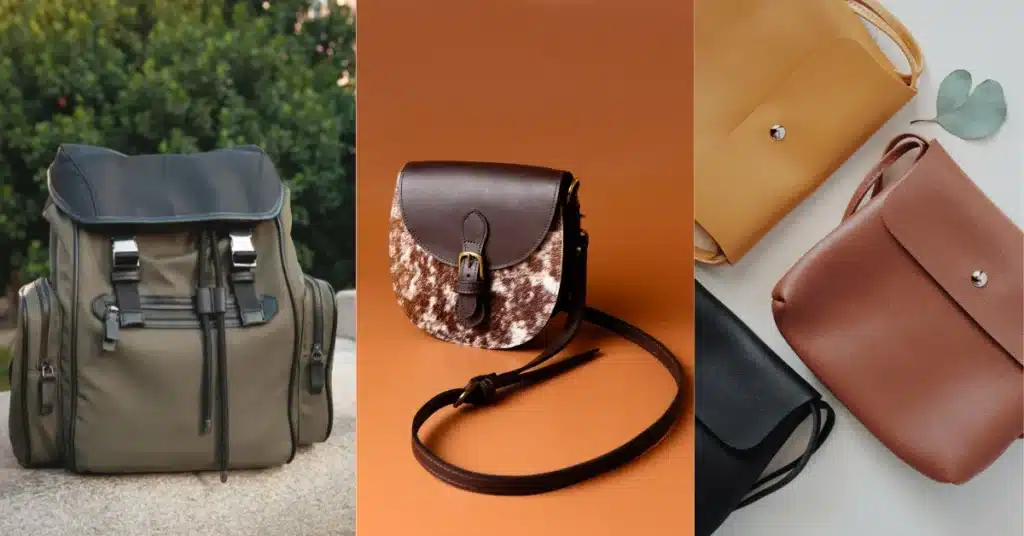
Price-per-wear formula:
- Cost ÷ (wears per week × 52 × years you’ll keep it)
- A $300 leather tote used 3x/week for 5 years ≈ $0.38 per wear. A $90 PU tote that peels after a year at 2x/week ≈ $0.86 per wear.
Final Thoughts
- Choose real leather if you want longevity, patina, and repairability—and you’re willing to care for it.
- Choose quality faux if you want animal-free, lightweight, water-resistant functionality with minimal maintenance—prioritize microfiber PU and PVC-free builds.
- Whichever you pick, buy the best quality you can, maintain it, and wear it often. The most sustainable bag is the one you love and use for years.

